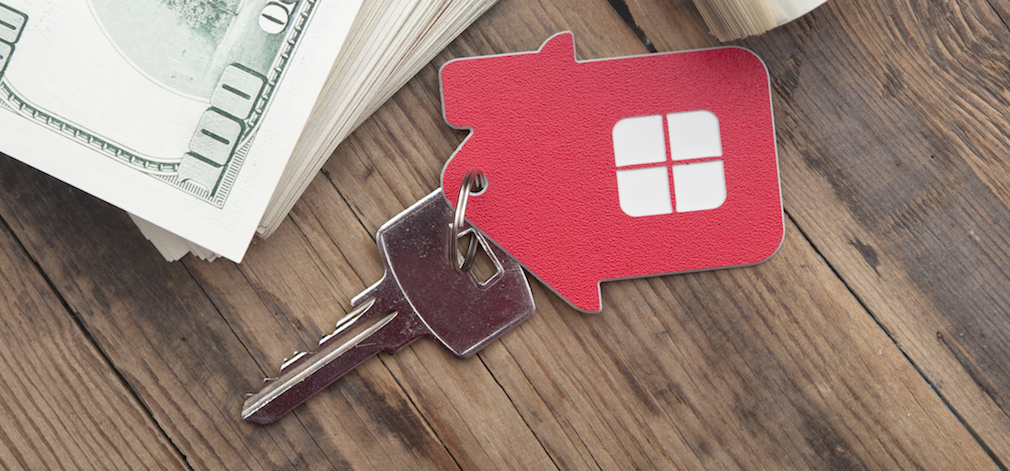Home equity levels are climbing while mortgage interest rates are falling, and this has some experts predicting an inevitable boom in cash-out refinances.
A recent report from Capital Economics said the number of cash-outs will rise over the next couple of years to a 10-year high.
But before warning bells sound for those who remember the role cash-outs played in the collapse of the housing market, keep in mind that mortgage lending and consumer attitudes have changed since the mid-2000s.
Capital Economics said tight credit standards and cautious consumers will keep this boom from reaching unsustainable levels.
“We don’t think it poses the same risk to the housing market today,” the economists wrote. “For a start, the rise in mortgage interest rates seen over most of 2018 led to a sharp drop in refinancing activity. The amount of cash being taken out has therefore remained relatively low.”
The report noted that home prices have been climbing by 5% year over year for the last four years, and that homeowners have healthy levels of equity as a result.
This has already led a number of homeowners to seek cash-outs, as this type of refinance loan comprised more than 80% of all refis in the third quarter – the highest since 2007.
Capital Economics also pointed to Freddie Mac data indicating that homes refinanced in Q3 rose in value by an average of 20% compared with the original value when the mortgage was first taken out. It predicted gains will remain close to that level over the next two years.
“Not surprisingly, Americans who find that their home has risen in value by a sizable amount are more likely to monetize some of that gain,” the economists wrote.
“Admittedly, we expect mortgage interest rates will fall from here and, with the cash-out share expected to remain high, that will boost the number of cash-out refinances to their highest level since the start of 2009,” they continued.
But data shows that FICO scores have risen and debt-to-income ratios have dropped for these borrowers, leading the economists to conclude that these factors “will keep the dollar value of those cash-outs contained to under $30 billion per quarter over the next couple of years.”







